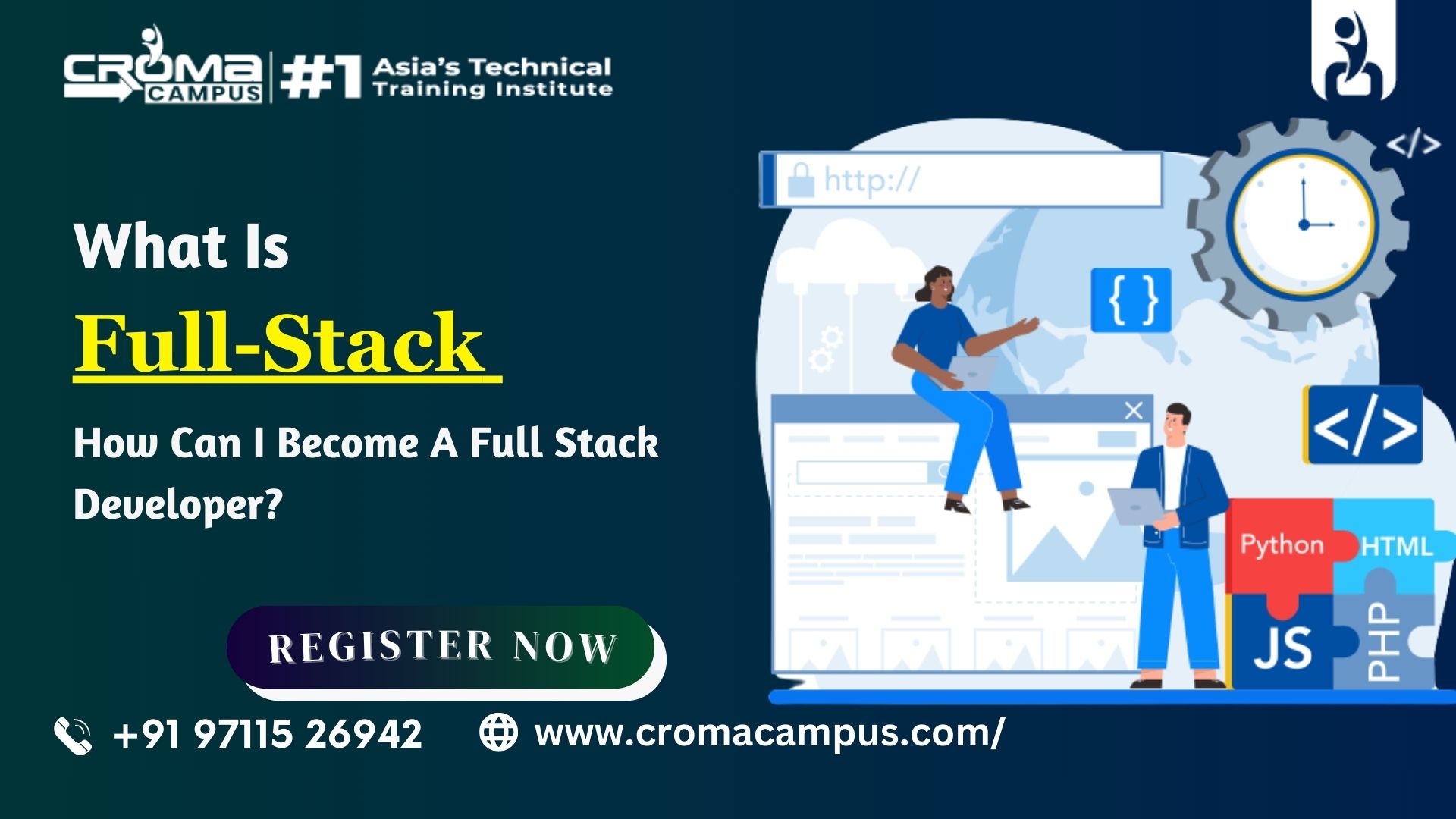Optical Mark reader, commonly referred to as OMR, is a cutting-edge technology designed to recognize distinct marks made on paper documents. It is predominantly used for data collection and analysis, offering an automated and error-free approach to handling information. OMR technology finds applications in a wide array of fields, such as education, surveys, examinations, elections, and even healthcare.
Benefits of OMR Technology
-
Unmatched Accuracy: OMR technology ensures precise data capture, virtually eliminating human errors. This accuracy is pivotal in scenarios where data integrity is paramount, like grading standardized tests or processing medical records.
-
Rapid Data Processing: OMR technology is known for its speed. It can swiftly process a large volume of documents in a fraction of the time it would take a human to do so manually. This expedites decision-making and data-driven actions.
-
Cost-Efficiency: By reducing the need for manual data entry, OMR technology can lead to substantial cost savings in the long run. Organizations can allocate resources more efficiently and effectively.
-
Versatility: OMR technology can adapt to various document types and formats, making it versatile and customizable for different use cases. Whether it’s multiple-choice exams, surveys, or ballot sheets, OMR can handle them all.
-
Elimination of Bias: OMR technology ensures impartial and unbiased data processing. It treats all marked responses equally, eradicating any potential human bias in data evaluation.
Unveiling the Power of OMR Scanners
OMR technology’s heart and soul are the OMR scanners. These sophisticated machines are designed to read, process, and convert physical markings on documents into digital data. OMR scanners come in different types and specifications, each tailored to specific needs.
Types of OMR Scanners
-
Sheetfed Scanners: These are ideal for processing documents in batches. Sheetfed OMR scanners are commonly used in educational institutions for grading multiple-choice tests.
-
Flatbed Scanners: Flatbed OMR scanners are more versatile and can handle a variety of document types, including forms and surveys. They are suitable for organizations with diverse data processing needs.
-
Integrated Scanners: These OMR scanners are integrated into multifunction devices and copiers, streamlining the process of scanning and processing documents.
How OMR Scanners Work
OMR scanners employ light sensors to detect marks made on the paper. These marks are typically in the form of filled circles or checkboxes. The scanner interprets the presence or absence of a mark, converting it into a binary form (1 or 0). The data is then processed and can be exported for further analysis.
Factors to Consider When Choosing an OMR Scanner
When searching for the perfect OMR scanner for your needs, several factors come into play:
-
Throughput: This indicates how many sheets the scanner can process per minute. A higher throughput is essential for organizations with high document volumes.
-
Resolution: The scanner’s resolution determines the clarity of the captured data. A higher resolution ensures more accurate results.
-
Compatibility: Ensure the scanner is compatible with your document types and sizes. Some scanners may not handle non-standard paper sizes or folded documents effectively.
-
Software Integration: OMR scanners often come with proprietary software. It’s crucial to choose a scanner that seamlessly integrates with your existing systems.
Deciphering OMR Scanner Prices
Understanding the factors influencing OMR scanner prices is essential in making an informed purchase decision. Here are the key aspects to consider:
Brand and Model
The brand and model of the OMR scanner significantly affect its price. Established brands with a reputation for quality and reliability often come with a higher price tag. However, investing in a reputable brand can provide long-term benefits in terms of performance and durability.
Scanner Type
As mentioned earlier, different types of OMR scanners cater to various needs. Sheetfed scanners are generally more budget-friendly, while flatbed and integrated scanners tend to be pricier due to their versatility and advanced features.
Speed and Capacity
OMR scanner prices increase with higher throughput and sheet capacity. If your organization deals with a substantial volume of documents daily, investing in a high-speed, high-capacity scanner is a wise choice, even though it may come at a premium.
Additional Features
Some OMR scanners offer extra features like duplex scanning, advanced image processing, and customizable settings. These features can enhance your scanning experience but may also contribute to a higher price.
Warranty and Support
Consider the warranty and support options provided by the manufacturer. A comprehensive warranty and responsive customer support can be invaluable in case of technical issues.
Making the Right Choice for Your Organization
In conclusion, OMR technology and OMR scanners are indispensable tools for organizations seeking to enhance data processing efficiency, accuracy, and speed. By understanding the benefits of OMR technology and the factors influencing OMR scanner prices, you are better equipped to make an informed decision that aligns with your organization’s specific needs.
Investing in the right OMR scanner is not just a purchase; it’s an investment in the seamless flow of information and the growth of your organization. So, when you embark on your journey to acquire an OMR scanner, consider your needs, evaluate your options, and make a choice that empowers you with the precision and efficiency of OMR technology.






